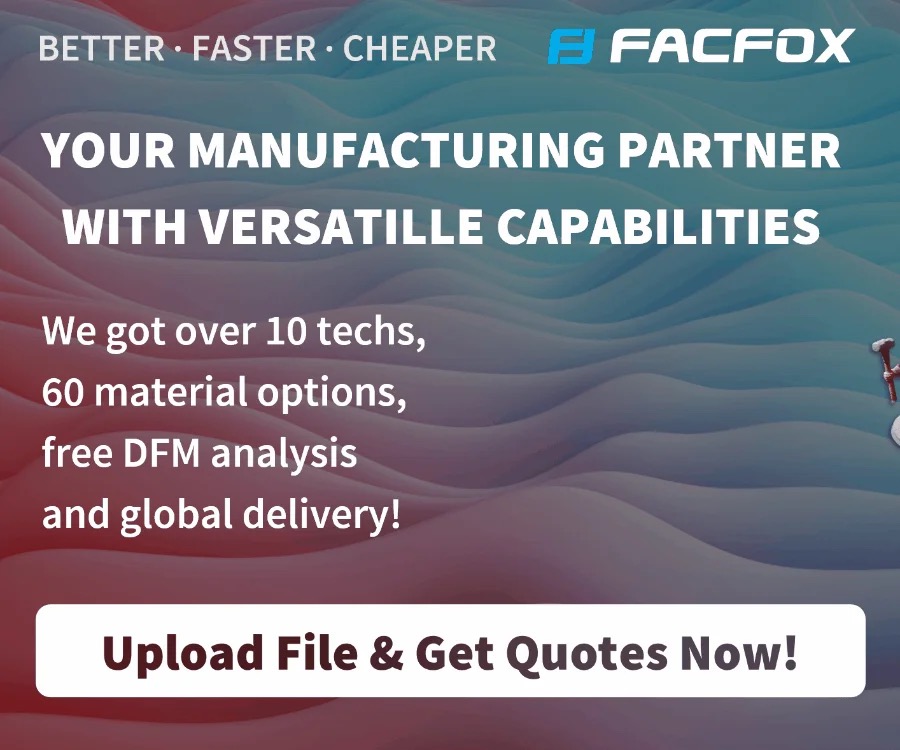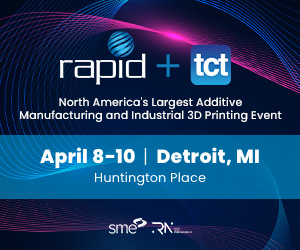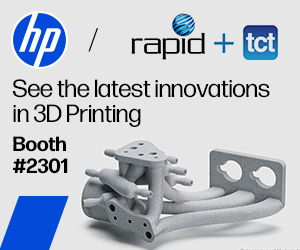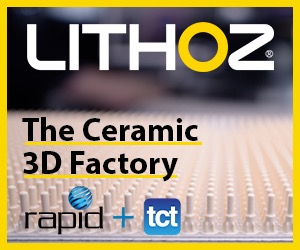Wayland Additive Expands Electron Beam 3D Printing to Central and Eastern Europe
U.K.-based Wayland Additive has been growing significantly since its public launch in 2021, including an increasingly strong presence in North America and Asia. The latest leg of its journey is Central and Eastern Europe (CEE) , where additive manufacturing (AM) supplier 3Dees Industries will sell Wayland’s Calibur3 electron beam powder bed fusion (EPBF) system. Through 3Dees, headquartered in the Czech Republic and with operations extending to Slovakia and Ukraine, Wayland is set to introduce its NeuBeam-powered Calibur3 system to a region where AM technology is increasingly essential.
The NeuBeam process, central to the Calibur3 system, neutralizes charge accumulation, allowing it to operate with an extensive range of materials and greater productivity than traditional EPBF methods. This flexibility is particularly valuable in aerospace, where stringent material demands often limit the applications of other metal AM technologies.
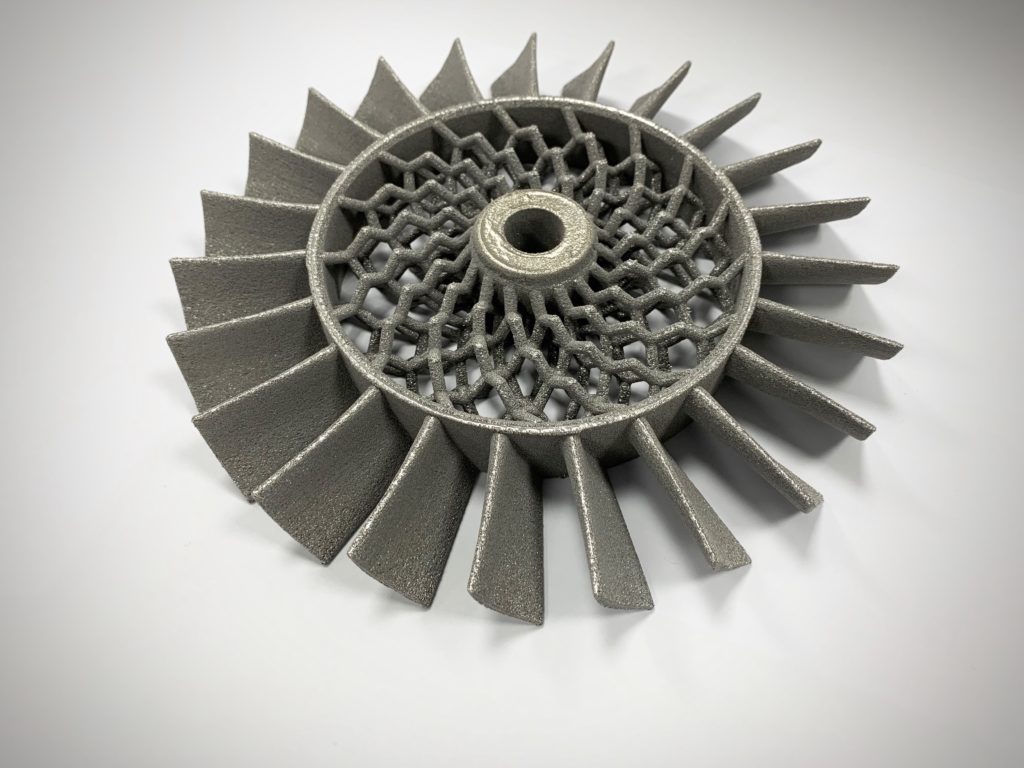
Geometric complexity offered by NeuBeam 3D printing. Image courtesy of Wayland Additive.
3Dees Industries brings a wealth of experience to the partnership, particularly in aerospace applications, thanks to co-founder and CEO Daniel Adam, a former aeronautics engineer. Adam’s technical expertise aligns with the aerospace sector’s pressing need for adaptable and high-performance manufacturing solutions.
“I have been working with various additive technologies for more than two decades and I fully appreciate how they can foster innovation for industry and bring key efficiencies to manufacturing operations,” Adam said. “I am excited to work with the Wayland team and to share the benefits of the Calibur3 system across our network in Europe.”
The partnership with 3Dees places Wayland in a unique position within CEE. The region’s growing manufacturing base, especially in high-stress sectors like aerospace, defense, and energy, presents a ripe market for AM solutions. The addition of Ukraine, where 3Dees has been active since 2021, brings added significance to this expansion.
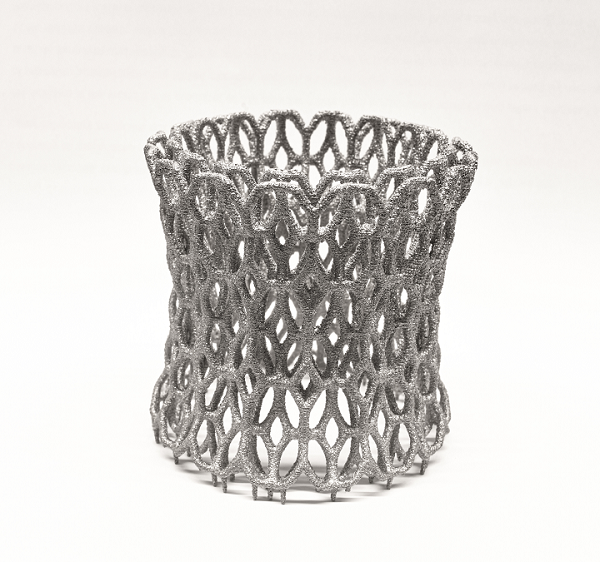
6K Additive’s UniMelt produced tungsten powder was used to create this intricate lattice structure on Wayland Additive’s NeuBeam-enabled Caliber3 AM platform
The Russia-Ukraine conflict has sharply exposed vulnerabilities in CEE’s manufacturing and non-military supply chains, leading to both immediate disruptions and long-term shifts in regional production strategies. Cross-border logistics, essential for CEE’s manufacturing sectors, have faced severe disruptions due to the conflict’s impact on traditional trade routes and the imposition of sanctions on Russia. For industries heavily reliant on raw materials like metals and energy inputs from Russia and Ukraine, sourcing alternatives has led to significant delays and increased operational costs. Energy prices in particular have surged as CEE countries pivot away from Russian gas and oil, impacting energy-intensive industries such as automotive, chemicals, and metal manufacturing. While some companies have mitigated these impacts by securing alternative energy sources, the process has been both costly and logistically challenging, further straining budgets across the sector.
The conflict has also intensified workforce pressures. With an influx of Ukrainian refugees, countries in the region have gained a partial solution to skilled labor shortages but have also faced increased demands on housing, services, and infrastructure. This dynamic has complicated labor availability and raised costs, especially in construction, automotive, and heavy manufacturing.
In response, many CEE companies are shifting toward resilient, localized production strategies, including increased adoption of AM. In this regard, the 3Dees partnership aligns with the ongoing adoption of AM by the UK’s Royal Air Force (RAF), which has utilized the Calibur3 machine to aid Ukrainian forces through localized, on-demand production capabilities.
Subscribe to Our Email Newsletter
Stay up-to-date on all the latest news from the 3D printing industry and receive information and offers from third party vendors.
Print Services
You May Also Like
3D Printing Financials: Prodways Ends 2024 with a Profit
After a tough couple of years, Prodways (EPA: PWG) is starting to bounce back. The French 3D printing company finally made a profit in 2024, improved its operating performance, and...
Blue Origin & Auburn University Use EOS M290 to Study Copper 3D Printing
Blue Origin, the commercial space company built off of investments from Amazon founder Jeff Bezos, has donated two EOS M290 powder bed fusion (PBF) printers to Auburn University’s National Center...
Rocket Lab to Acquire Restructured Laser Communications Provider Mynaric AG
Rocket Lab USA, the Long Beach-based, end-to-end space services company that specializes in producing rockets with additive manufacturing (AM), has announced plans to acquire Mynaric AG, a German provider laser...
3D Printing Financials: Stratasys Ends 2024 with Cost Cuts and Growth Plans
Stratasys (Nasdaq: SSYS) has wrapped up 2024 with stronger margins but a full-year net loss. The polymer 3D printing leader navigated a year of economic headwinds, restructuring efforts, and shifting...














